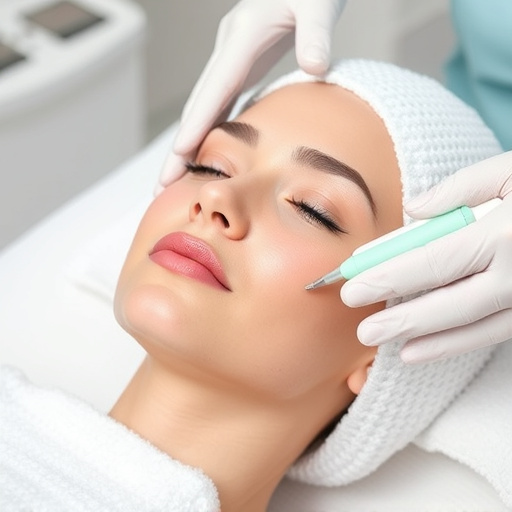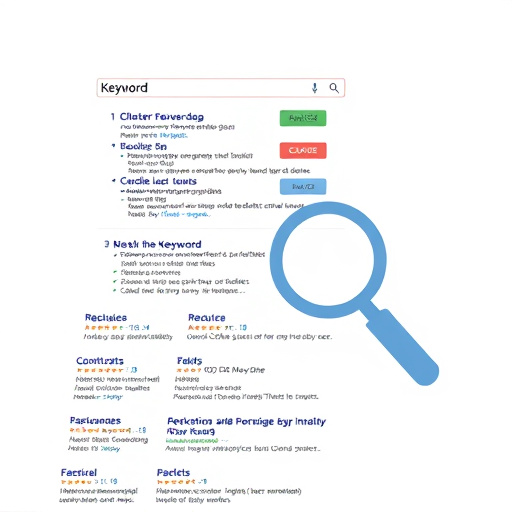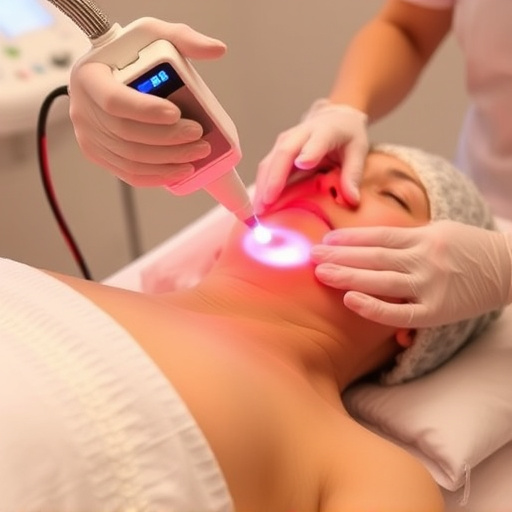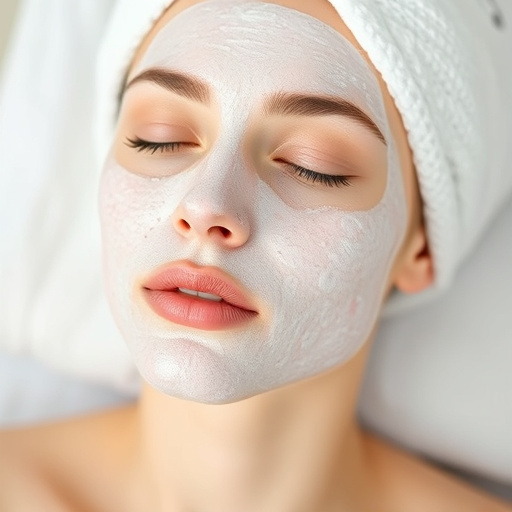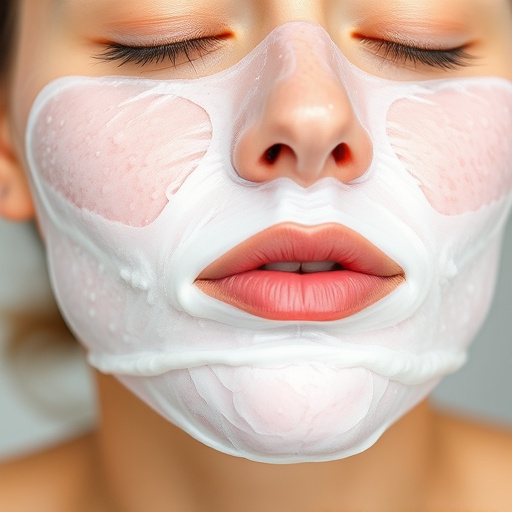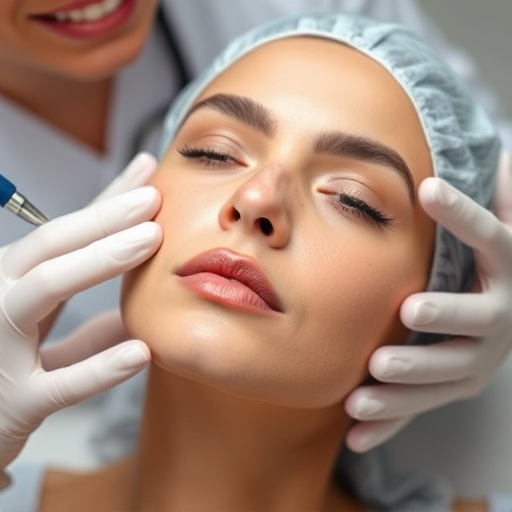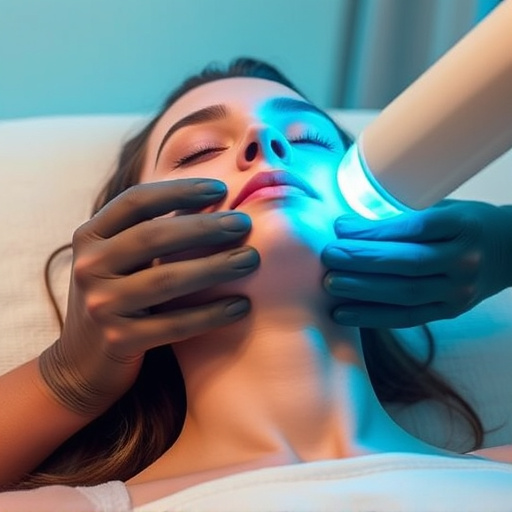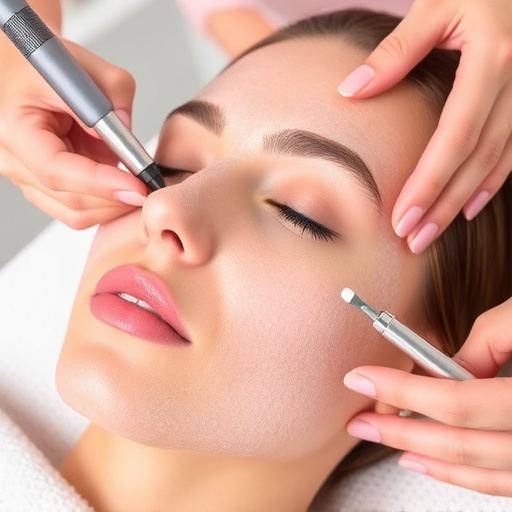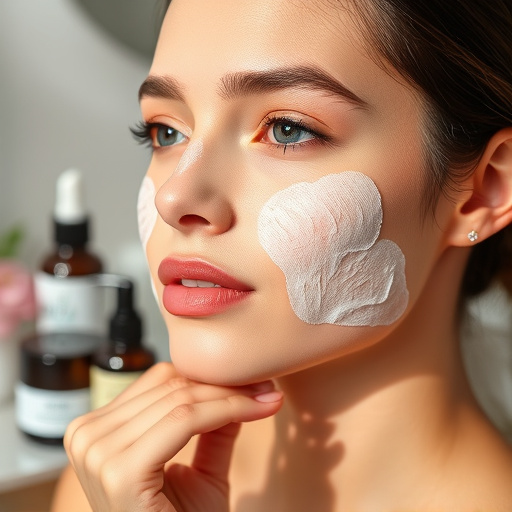An oil control facial is a specialized aesthetic treatment targeting excess sebum production and enlarged pores. Combining deep cleansing, exfoliation, extractions, and sometimes microneedling, these facials unclog pores and stimulate collagen. Tailored product recommendations help balance skin oils, leading to improved texture and clarity. While effective for oily and pores-prone skin, it may not suit sensitive types and could require frequent treatments. Consulting a dermatologist or professional esthetician is crucial for the best approach.
“Uncover the secrets behind oil control facials—a potential solution for minimizing enlarged pores. This comprehensive guide explores how these specialized treatments work their magic. We delve into the science, understanding how excess oil contributes to pore enlargement and how targeted facials counteract this effect.
From the benefits and potential drawbacks to expert tips for optimal results, this article is your go-to resource for everything related to oil control facials. Discover the possibilities of achieving a refined complexion.”
- Understanding Oil Control Facials and Their Mechanism
- The Role of Oil in Pore Enlargement and How Facials Address It
- Benefits, Potential Drawbacks, and Tips for Getting the Most Out of an Oil Control Facial
Understanding Oil Control Facials and Their Mechanism
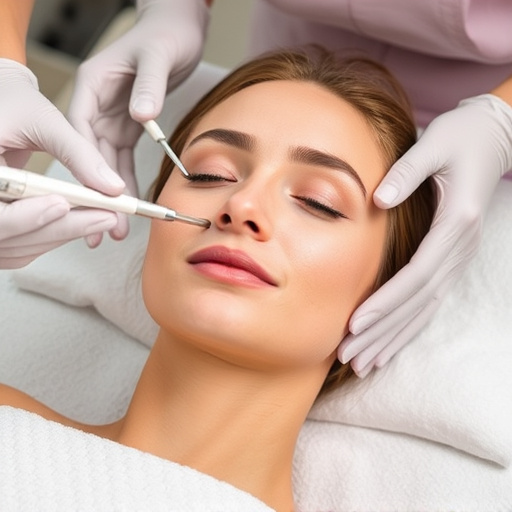
An oil control facial is a specialized facial treatment designed to address excessive sebum production and the visible consequences, such as enlarged pores. This type of facial goes beyond routine cleansing; it employs a combination of exfoliation, extractions, and often includes applications of targeted serums or masks. The primary goal is not just to remove excess oil but also to regulate it at its source, preventing future buildup that could lead to clogged pores and increased pore size.
The mechanism behind an effective oil control facial involves stimulating the skin’s natural renewal process while unclogging existing pores. Techniques like microneedling therapy can enhance penetration of active ingredients in personalized skincare formulations, promoting healthier skin texture and minimizing the appearance of enlarged pores. By combining these advanced facial treatments with tailored skincare routines, significant improvements in pore reduction and overall skin clarity can be achieved over time.
The Role of Oil in Pore Enlargement and How Facials Address It
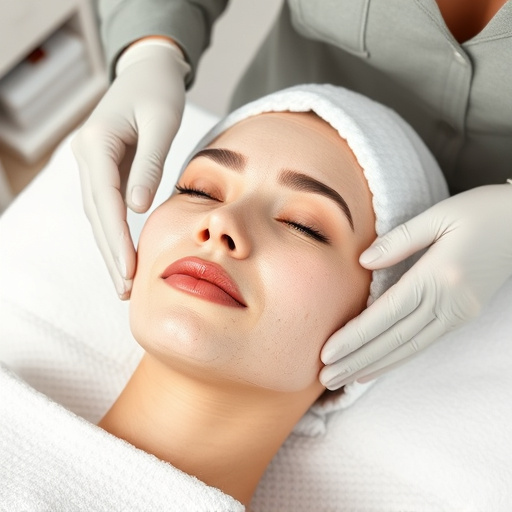
Oil plays a significant role in pore enlargement. It’s natural for our skin to produce oil, known as sebum, to keep it hydrated and protected. However, excessive oil production or buildup around the pores can lead to their appearance growing larger. This often happens due to factors like hormonal changes, aging, or certain skincare practices. An oil control facial is a targeted aesthetic treatment designed to address these issues.
These facials work by deep cleaning the skin to remove excess oil, dirt, and debris that might be clogging pores. They can include techniques such as exfoliation, extraction (removing blackheads and whiteheads), and sometimes microneedling therapy to stimulate collagen production. Medical spa services offering oil control facials often combine these methods with product recommendations tailored to balance skin’s natural oils, helping to minimize enlarged pores for a more refined and smooth complexion.
Benefits, Potential Drawbacks, and Tips for Getting the Most Out of an Oil Control Facial
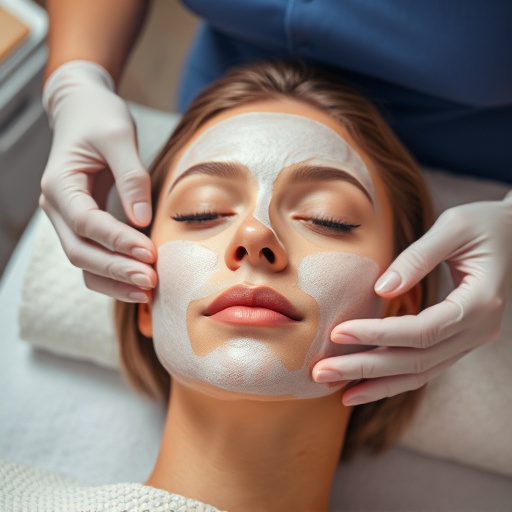
Benefits: An oil control facial is a popular skincare treatment that offers numerous advantages for those struggling with enlarged pores and oily skin. By deeply cleansing and exfoliating the skin, it helps remove excess sebum buildup, which can contribute to clogged pores. The process involves using specialized products and techniques to unclog pore passages, reduce inflammation, and minimize the appearance of large pores. Many customers appreciate the immediate results, leaving their skin feeling refreshed and looking more refined.
Potential Drawbacks: While oil control facials are effective, they may not be suitable for everyone. Individuals with sensitive skin should exercise caution as some products and procedures can cause irritation or redness. Moreover, frequent treatments might be necessary to maintain optimal pore condition, which could lead to increased costs over time. It’s essential to consult a dermatologist or professional esthetician to understand your skin type and the most appropriate treatment frequency for your needs, especially when considering complementary procedures like chemical peels or anti-aging treatments for enhanced results.
An oil control facial can be an effective step towards minimizing enlarged pores by deeply cleaning and balancing the skin’s oil production. By understanding the science behind these facials and their benefits, you can make informed decisions about incorporating this treatment into your skincare routine. Remember that consistency and professional guidance are key to achieving optimal results with any cosmetic procedure, including oil control facials.
